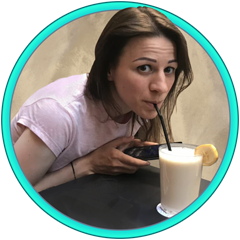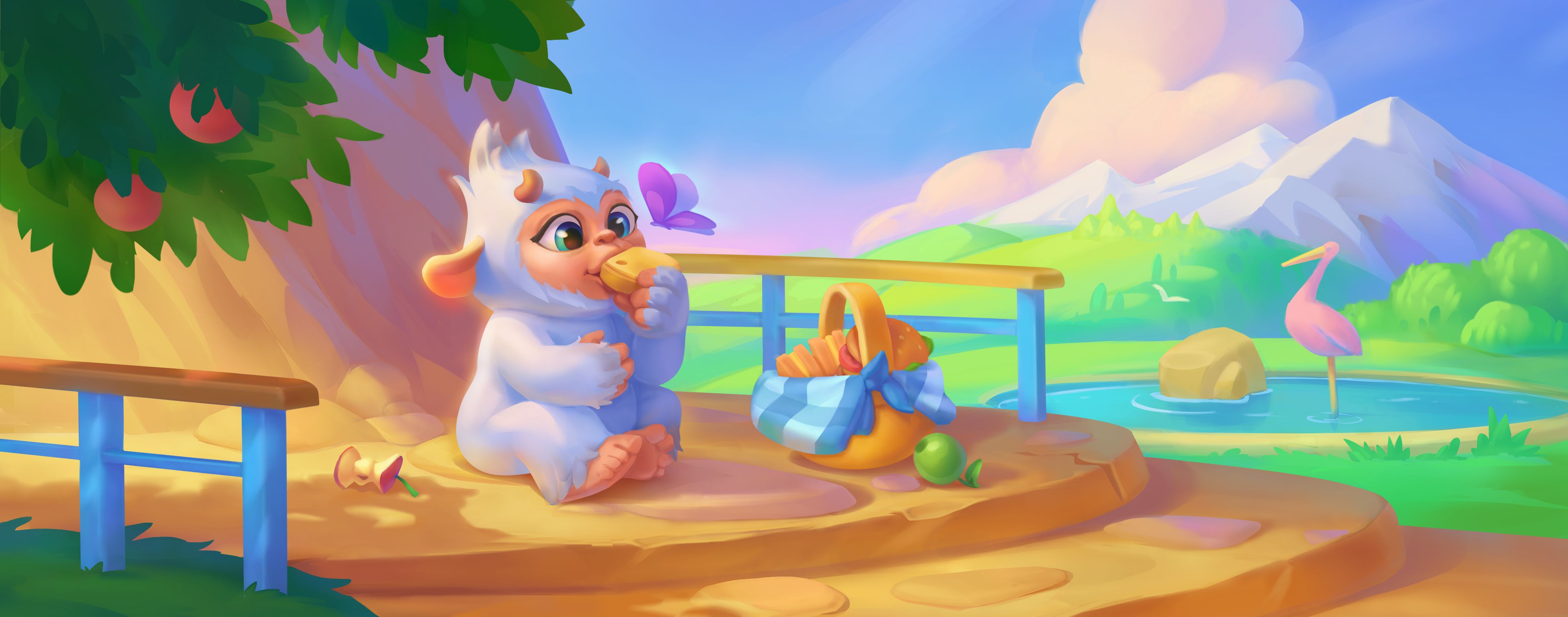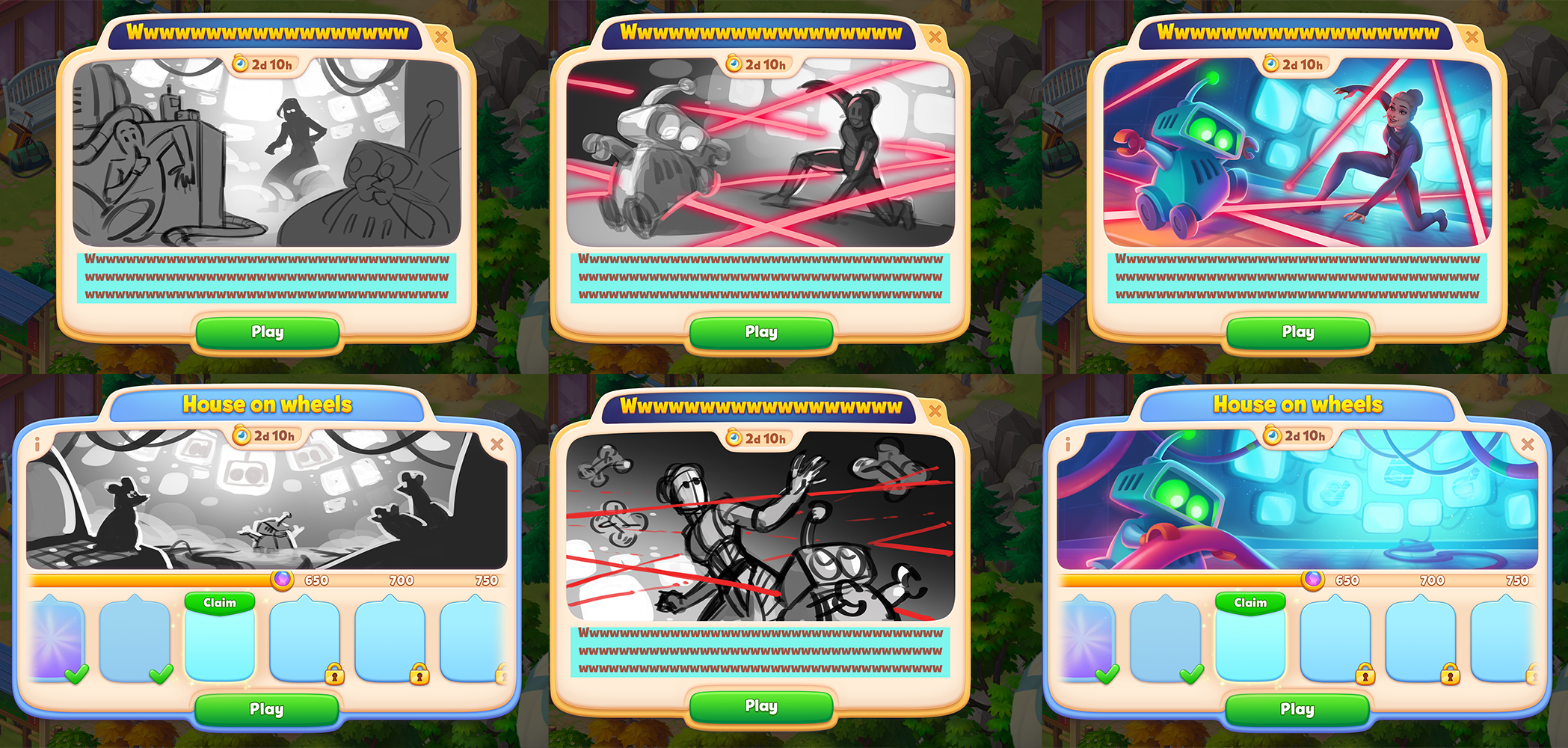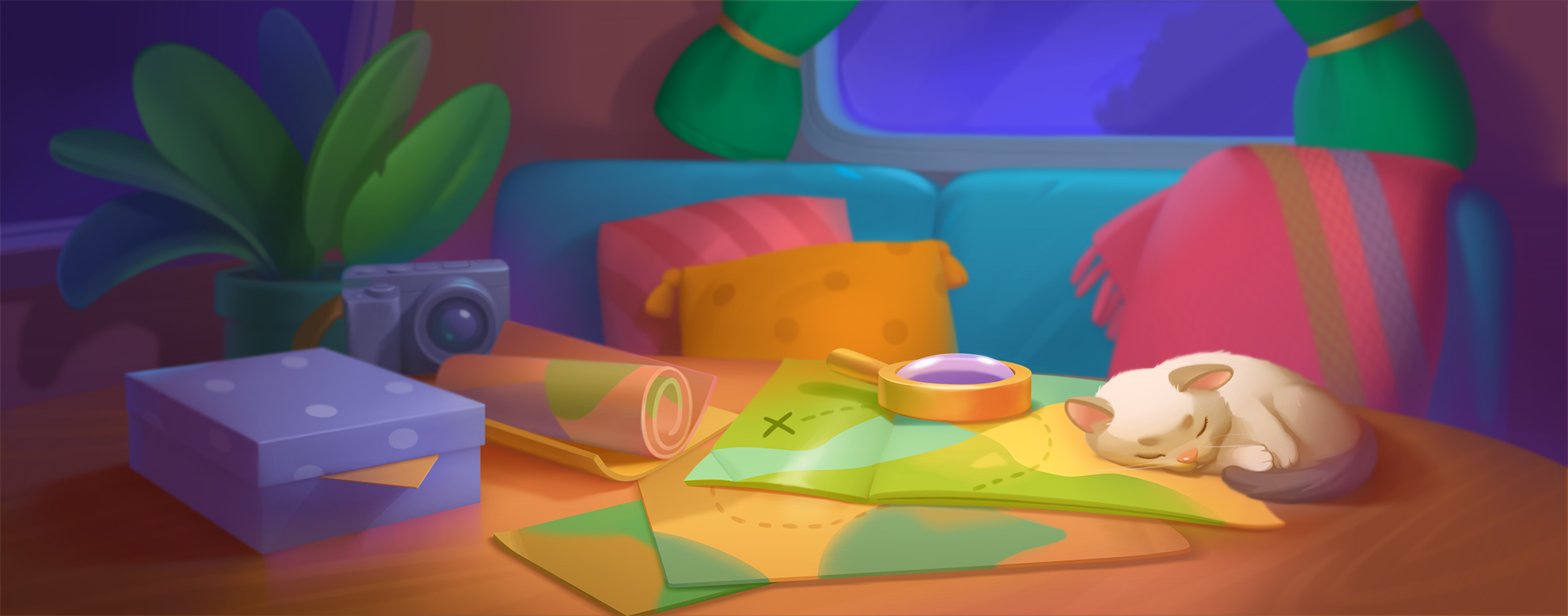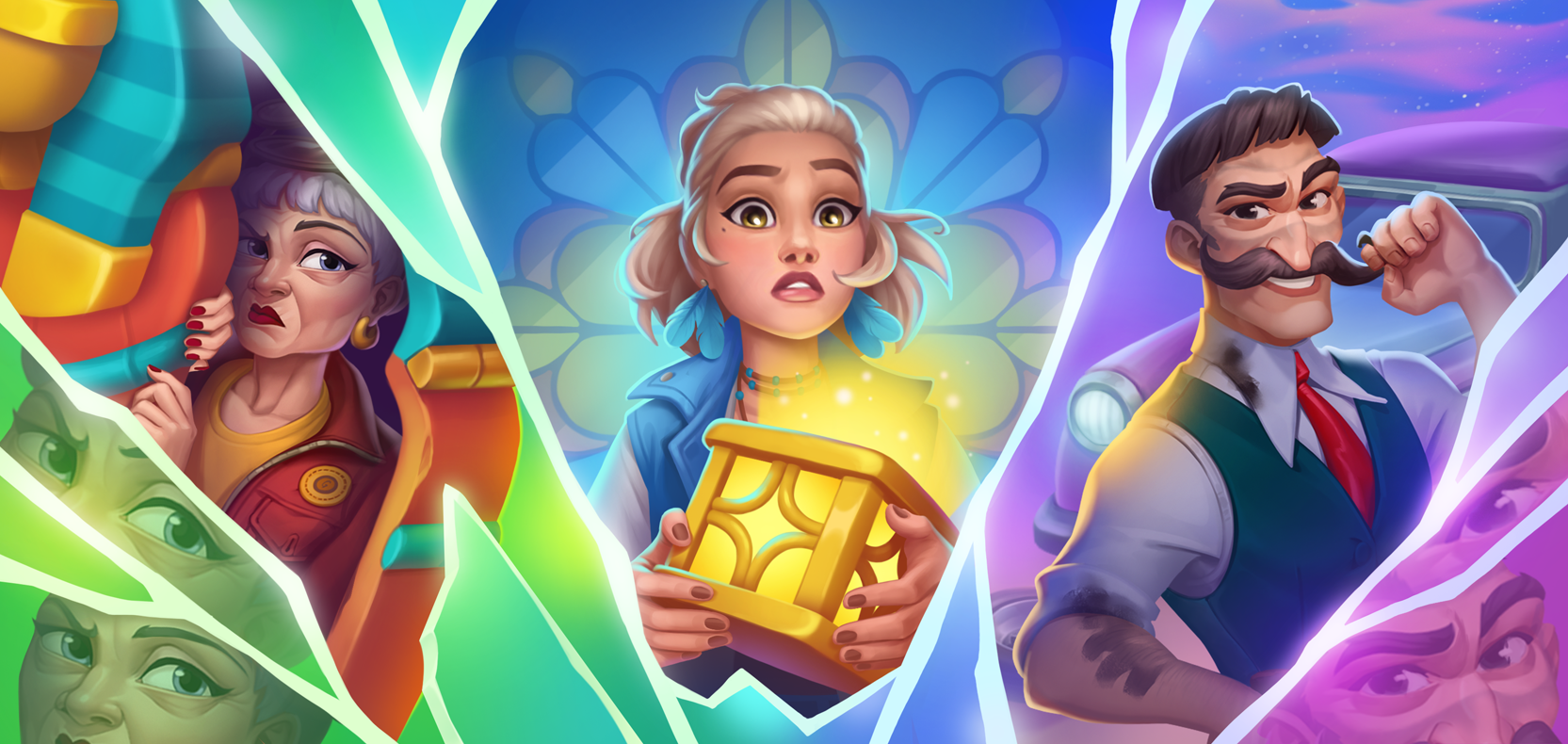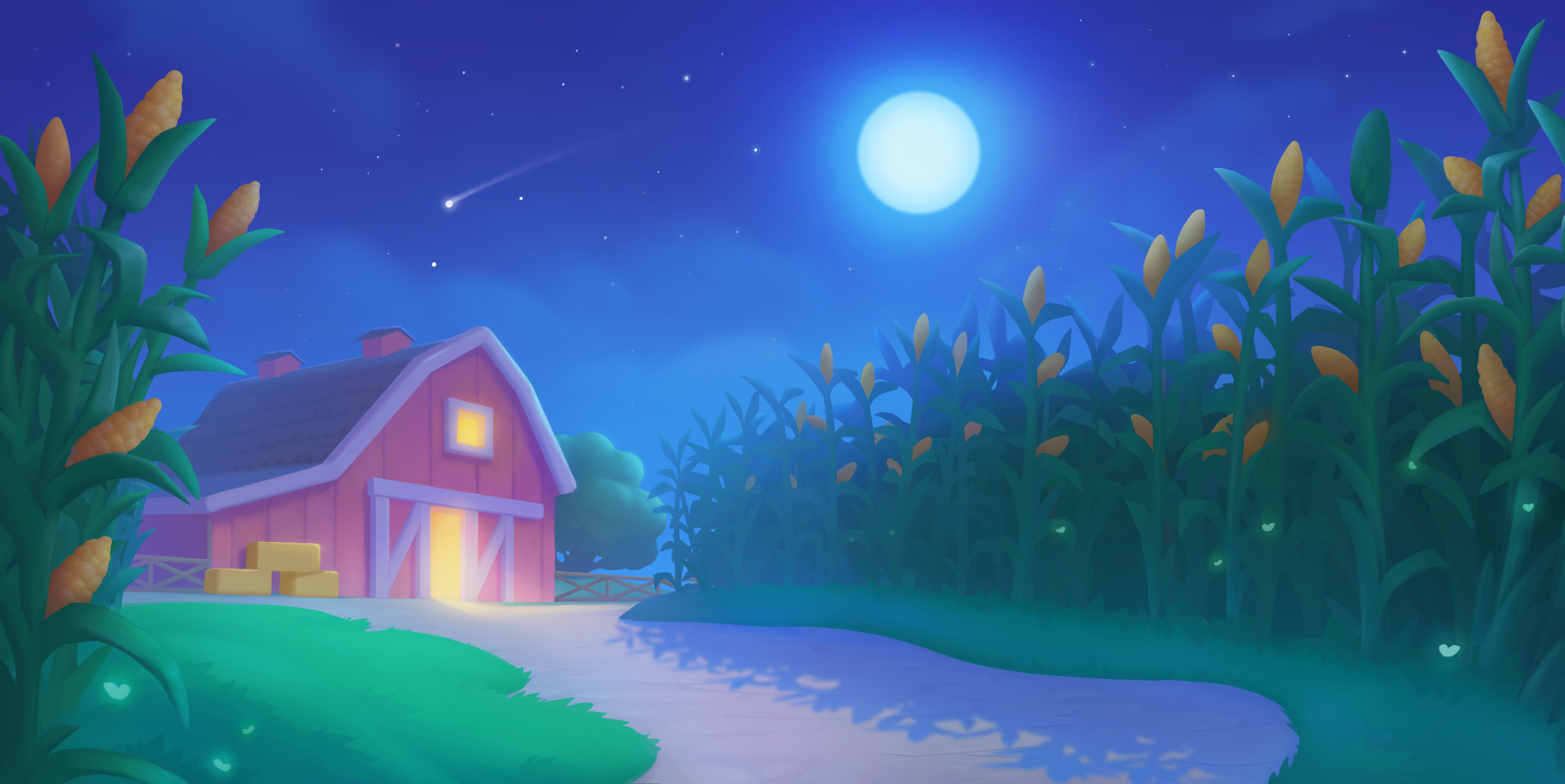We present a new article in our series dedicated to various gaming professions. This time, it's about the work of a CG artist. Information was shared by Katerina Knyazeva from Glera Games.
Katerina Knyazeva — 2D Art Team Lead
Who is a CG Artist?
"An adult who has remained a child," I would like to say, but that's not true. An artist is an adult who has dedicated their working hours (and often their free time) to drawing, creating good moods, and entertainment for many people. Behind seemingly simple drawings lies analysis and almost mathematical precision, adherence to many artistic dogmas and rules.
Here and below, illustrations by the author
What are the duties of a CG Artist, and what are they responsible for?
In short, it all depends on the artist's level and the position they hold in the company. Even within different game development companies, the responsibilities of a specialist can vary.
Generally speaking, an artist draws. They create environments, characters, UI/UX, promotional banners or store illustrations, visual effects, color scripts, sketches, photobashes, marketing materials, and much more!
I believe the main task of an artist, as a separate branch of development, is to create an engaging visual series (images) that will encourage players to download the game upon seeing an image or video in the stores.
What does a CG artist need to know to perform their duties well?
I would begin not with practical knowledge, but with temperament type. The profession of an artist requires an advanced level of the skill 'sit at a desk for 8-10 hours a day.'
As for practical skills, to perform duties well, one needs to:
- know the basics of drawing (including — framing composition, color theory, working with tones, and much more);
- have proficiency with popular software (for example, Adobe Photoshop, Adobe Illustrator, and Blender);
- be able to analyze others' work/deconstruct art;
- have extensive visual literacy (the broader your perception, the better, as good visual awareness enables you to find references independently
- and work more confidently with text-based technical assignments);
- play the games you want to draw for.
Where do CG artists typically come from?
Anywhere!
In my experience, I've met people who realized they wanted to draw from childhood, as well as colleagues who, before mastering the art of drawing, worked in factories, bakeries, as taxi drivers, game designers, and even programmers!
There are no rules for entering creative professions.
What is necessary for growth in this field?
Perseverance, hard work, and understanding of where you want to go.
There are many directions in CG art. Therefore, after working 3-5 years in the industry (sometimes less), it's crucial to understand whether you want to develop as a specialized artist (directly drawing) or if you prefer vertical progression in the position (meaning drawing less, giving more feedback, and taking responsibility for what your department of artists does).
Depending on your chosen path, you should develop relevant skills: deepen your artistic skills by strengthening weaker areas or lean more towards management (understanding how processes work, learning to provide clear structured feedback, delving into art deconstruction, and being able to explain clearly and simply what needs to be done and why; be able to justify everything you say or write somewhere).
What are the growth prospects in this field?
If you want to draw: tech/junior artist > middle artist > senior artist > chief artist/lead artist.
Where:
- as a junior, you have almost no responsibility, and you are given fairly simple tasks with detailed descriptions and examples of what is expected + you receive a lot of feedback (these are your first steps in the profession where you are trained on real tasks);
- as a middle artist, you are more independent, able to analyze references, sketch and render your sketches with a limited amount of feedback, but with clear technical specifications, have knowledge in working with tone, color, light, and atmosphere; you can draw not only props but also illustrations (not overly complex ones);
- as a senior artist, you are already a sufficiently experienced specialist capable of covering a wide range of tasks (you usually cover several directions, for instance, drawing illustrations with characters and working in 3D to speed up the drawing process, create more precise lighting, and depth in scenes), you can confidently take up research tasks, work well with technical specifications, ask clarifying questions in tasks (naturally, possessing all lower-grade skills);
- as a chief/lead artist, you are a mega-experienced specialist responsible for a specific art direction, providing feedback (if desired), able to write documentation, and participate in calls related to your area of expertise.
If you've achieved everything you wanted in art (or simply decided to change your field but remain in the creative path), after becoming a senior or chief/lead, you can move towards art lead > art team lead > art director > art producer.
This path comes with significantly more responsibility; much time will be spent providing feedback (often, you don't draw as much yourself), working a lot with the team, with documentation and processes, starting to teach the lead teams, covering all areas of art development (if you are an art director or art producer) + you have general knowledge in working with related departments (character artists, 3D artists, animators, level design, marketing, economy).
Are there any red flags in this profession?
If you enjoy an active lifestyle and are restless, any sedentary profession is not for you.
An artist must be quite flexible and easily trainable due to constantly changing technologies. We never know what topic we may need to draw, so the broader your knowledge, the more observant you are — the better. If you don't like learning, discovering new things, or continuously developing skills, this job is not for you.
If you don't enjoy working with people, aren’t inclined to defend your position, or are hypersensitive to feedback, managerial positions aren't for you. You can draw but not move towards the managerial side.
What to read about the profession?
Interesting books for artists already in the profession, essential reads (in any order):
- "Steal Like an Artist" by Austin Kleon
- "Color and Light" by James Gurney;
- Framed Ink: Drawing and Composition for Visual Storytellers by Marcos Mateu-Mestre;
- "Figure Drawing: Design and Invention" by Michael Hampton.

